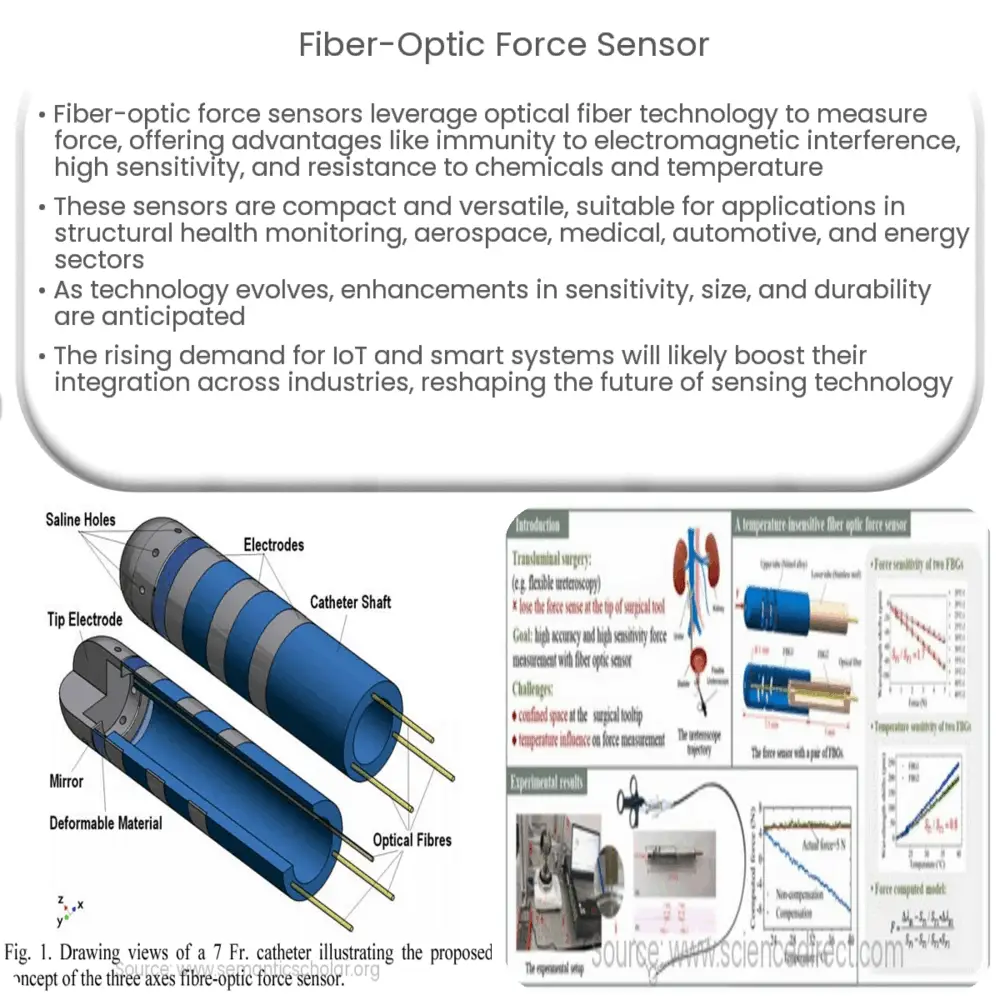Within today's fast-paced digital world, internet access has become an integral aspect of our everyday lives. Since we increasingly depend on the internet for all things from telecommuting to viewing entertainment, the demand for quicker and more reliable online options has skyrocketed. Introducing fiber broadband, a powerful technology that is revolutionizing how we connect to the online universe. With its remarkable velocity and stability, fiber optic internet is not just an enhancement; it's a game changer.
So, what exactly sets fiber optic broadband apart traditional options like cable or DSL? The advantages of switching to the switch to fiber are enormous, and they guarantee to enhance your internet use in ways you may not have thought possible. From lightning fast speeds that are off the charts that eliminate lag during streaming to the ability to support multiple devices without a drop in performance, the advantages of fiber optic connectivity are difficult to overlook. Whether you’re a gaming enthusiast, a virtual worker, or someone who appreciates smooth video conversations, fiber internet offers the exceptional quality you need for a modern digital lifestyle.
Key Perks of Fiber Internet
Fiber optic internet offers remarkable speed that can greatly enhance your online experience. With download speeds that can achieve up to one gigabit per second and beyond, activities such as content streaming, video gaming, and virtual meetings become effortless and productive. This speed not only enables users to download big files in seconds but also supports several devices without any delay. Whether you are binge-watching your favorite show in ultra high definition or participating in a VR gaming session, fiber internet ensures a flawless experience without disruptions.
In addition to speed, fiber internet provides reduced latency, which is essential for real-time activities like gaming and video conferencing. This reduced latency means that data travels quickly between your device and the server, resulting in insignificant lag. As more households embrace remote work, the stability of fiber connectivity means high-definition video calls and smooth collaboration on online platforms. For families with multiple users all online at the same moment, fiber solves the issue of network congestion that often plagues traditional internet options.
Moreover, fiber optic internet is known for its superior reliability, even during adverse weather conditions. Unlike cable, which can be affected by bad weather or electrical interference, fiber cables are made of glass and are much less susceptible to environmental factors. This reliability translates to a consistent internet connection, making fiber a smart choice for both homes and businesses. As more families and entities enhance their internet services, the transition to fiber optic technology is becoming a common practice for an superior and forward-thinking online experience.
Fiber Internet vs. Conventional Choices
When comparing fiber optic internet to conventional choices like DSL and cable internet, the variations in speed and performance are striking. Fiber internet greatly outpaces these choices, offering symmetrical uploading and download speeds that can reach up to one gigabit per second or greater. In comparison, traditional options often face challenges with slower uploading speeds, which can be a obstacle for individuals who work from home, stream videos, or engage in online gaming. This speed advantage not only enhances daily internet activities but also results in a more seamless and optimum digital experience.
Dependability is another key aspect where fiber internet excels. Fiber optics are more resistant to interference from climatic changes and electromagnetic interference, which often plague cable and Digital Subscriber Line links. Fiber Optic can experience signal loss over extended ranges, leading to fluctuating performance. In comparison, fiber maintains its quality over extensive distances, providing a stable connection for individuals regardless of their situatedness, making it a preferred option for those in both urban and rural areas.

Moreover, safety is an ever-present concern for internet users. Fiber optic networks provide a more secure transfer compared to copper cabling used in cable internet and DSL. FTTH used in fiber optics are inherently less vulnerable to hacking, ensuring that your information remains safe. As online security becomes increasingly vital, the advantages of fiber internet in terms of velocity, reliability, and security make it the best option for today's connectivity needs.
The Outlook of Connectivity with Fiber
As we move deeper into the online age, the demand for higher speeds and reliable connections is more crucial than ever. Fiber connections is at the forefront of this revolution, offering speeds that are far faster than traditional broadband options like DSL and cable. With the ability to handle increased data traffic, fiber ensures a seamless online experience, making it ideal for activities ranging from watching in 4K quality to online gaming and remote work. The framework is designed to meet the future demands of networking, with virtually unlimited data capacity capabilities.
In addition to speed, fiber optic internet provides outstanding reliability. Unlike copper cables, which can falter during severe weather or heavy usage, it maintains a steady performance irrespective of external conditions. This resilience is vital as more households adopt smart technology and require seamless connections for various gadgets. As businesses increasingly rely on cloud services and remote working arrangements, the quality of fiber connectivity becomes a key factor in maintaining efficiency and effectiveness.
Looking ahead, fiber is not just a trend but a foundational technology that will support our growing digital lifestyles. Fiber Optic is crucial for modern households, allowing smart home devices, telehealth services, and remote learning with ease. As more people recognize the benefits of fiber, the demand for this superior connectivity option will continue to rise, paving the way for advancements and improvements in how we connect, work, and live. Adopting fiber now is committing to a future where connections knows no limits.
